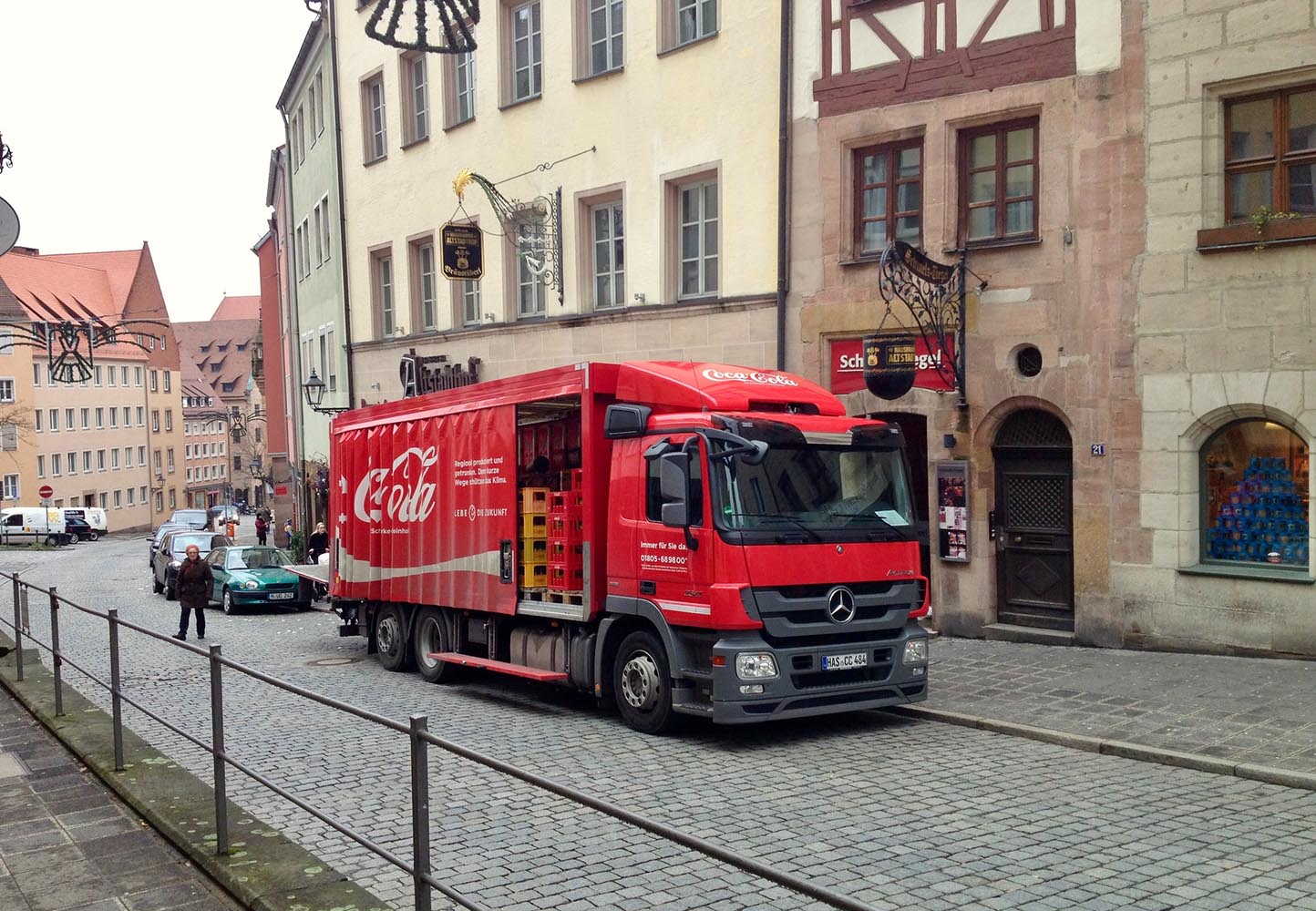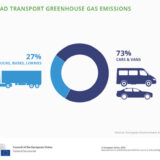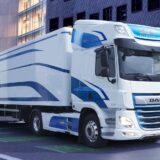
EU Council agrees on proposal for CO2 standards for HD vehicles
The European Union (EU) Council announced on October 16, 2023, that it has reached an agreement on a proposal to update and strengthen the regulation on CO2 emission standards for heavy-duty (HD) vehicles. The aim of the proposal is to further reduce CO2 emissions in the road transport sector and to introduce new targets for 2030, 2035 and 2040. This development is a pivotal step in the EU’s ongoing efforts to mitigate climate change and reduce greenhouse gas emissions across the continent.
The general approach will serve as a mandate for negotiations with the European Parliament on the final shape of the legislation. The outcome of the negotiations will have to be formally adopted by the Council and the Parliament.
The EU Council’s proposal aims to further limit the CO2 emissions of trucks, buses, and coaches. These vehicles are significant contributors to the EU’s total greenhouse gas emissions, and the enhanced standards are expected to accelerate the transition to cleaner, more sustainable transportation options.
The Council’s text strikes a balance between keeping the EU Commission proposal’s main ambition to reduce the climate impact of the heavy-duty vehicle sector and allowing member states some flexibility in the implementation of the amended regulation, while strengthening innovation and reinforcing the EU’s competitiveness in the sector.
Scope of the regulation
The proposal expands the scope of the regulation to make almost all new heavy-duty vehicles with certified CO2 emissions – including smaller trucks, urban buses, coaches and trailers – subject to emission reduction targets.
An exemption from the CO2 reduction targets set in the regulation will apply to small-volume manufacturers and to vehicles used for mining, forestry and agriculture; to vehicles for use by the armed forces and fire services; to vehicles for use in civil protection, public order and medical care; and to vocational vehicles such as garbage trucks.
Member states amended the definition of ‘zero-emission heavy-duty vehicle’ by further lowering the proposed threshold, which still covers hydrogen-fuelled vehicles. Furthermore, member states added a sub-group of vehicles to include extra heavy combination (EHC) lorries in order to take better account of their characteristics, including with regard to their energy efficiency.
New targets
In line with the EU’s climate objectives for 2030 and beyond, the Council maintained the targets set by the Commission. Besides the 2025 CO2 emissions reduction target of 15% which was already provided for, the new rules introduce new targets:
- 45% emissions reduction from 2030 (increased from 30%)
- 65% emissions reduction from 2035
- 90% emissions reduction from 2040
Member states agreed to set the targets for trailers and semi-trailers at 7.5%.
Zero-emission target for urban buses
The proposed amendment introduces a 100% zero-emission target for urban buses by 2035, while setting an intermediate target of 85% for this category by 2030. The Council agreed to exempt inter-urban buses from this target.
In addition, the Council added a series of provisions to make the review clause more comprehensive, such as considering national investments already made and possible constraints due to specific territorial morphology or weather conditions in member states. Member states also clarified the provisions on public procurement procedures for zero-emission urban buses, in particular on the assessment criteria related to security of supply, to ensure legal soundness.
The new rules are part of the European Green Deal, an ambitious initiative aiming to make the EU climate-neutral by 2050. By implementing stricter CO2 emission standards, the EU Council seeks to incentivise the development and adoption of low-emission and zero-emission vehicles, fostering innovation in the automotive and transportation sectors.













